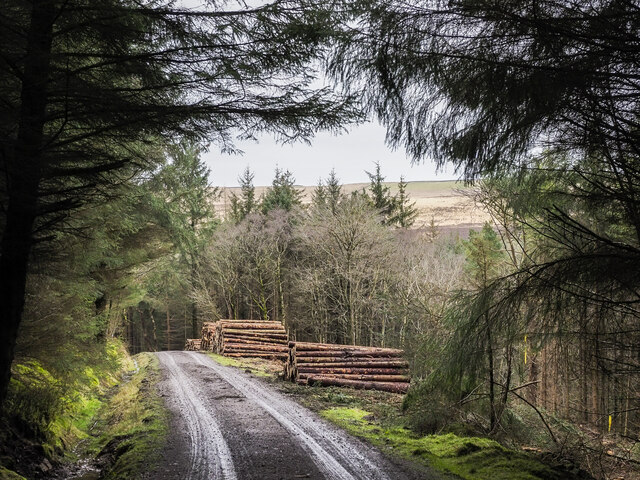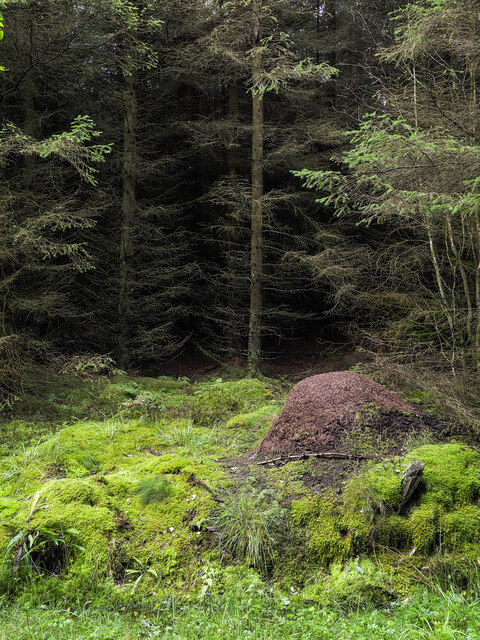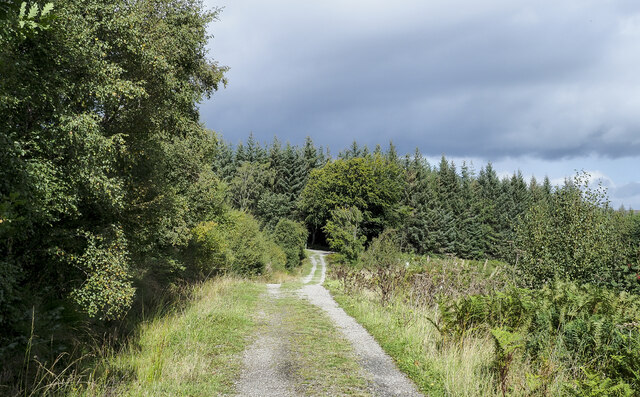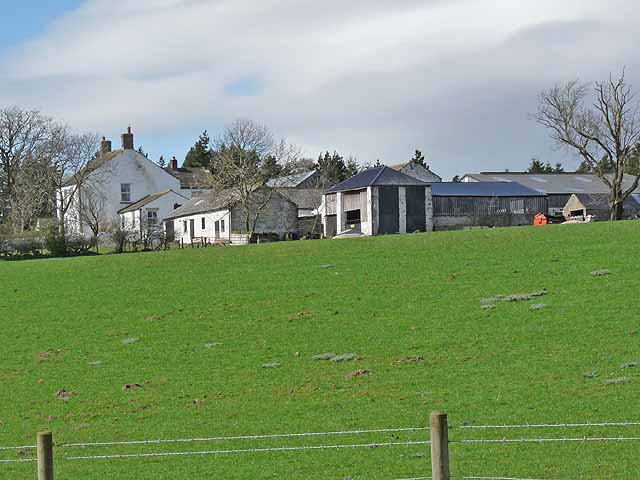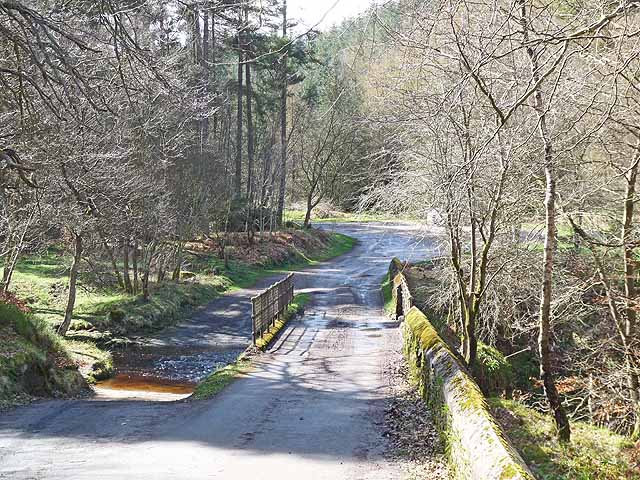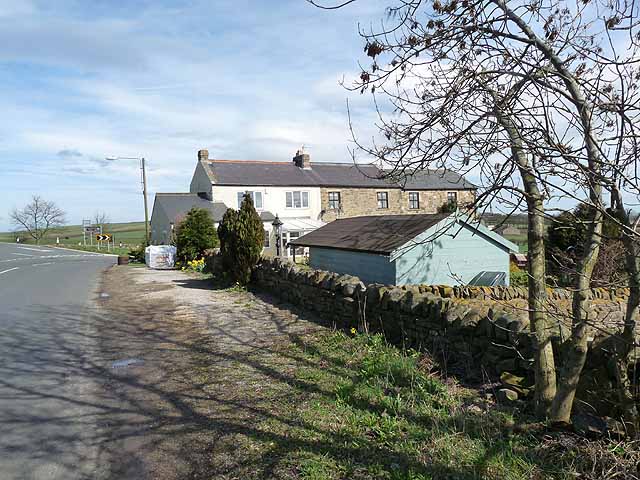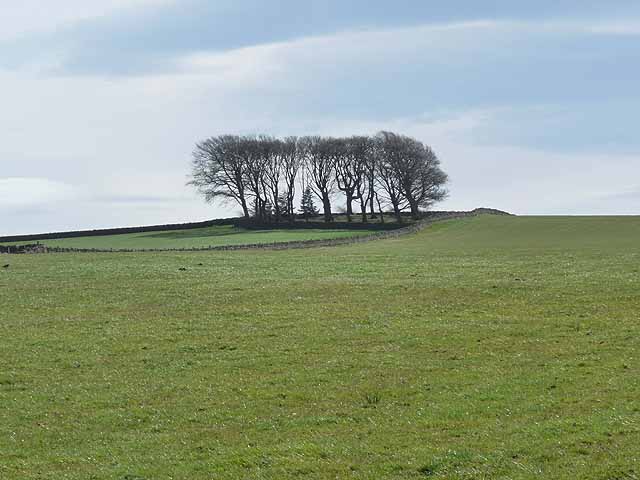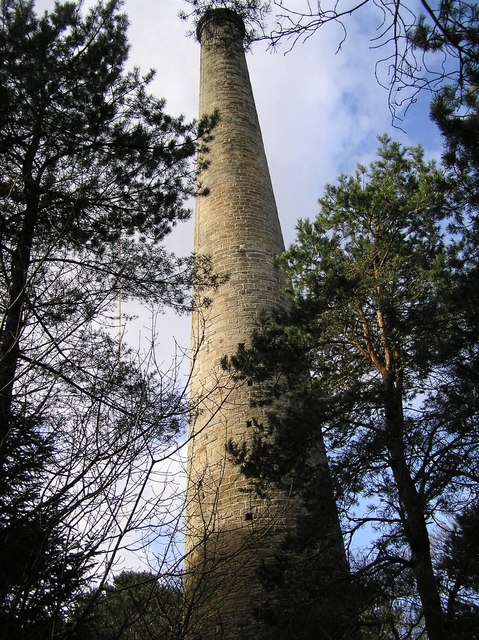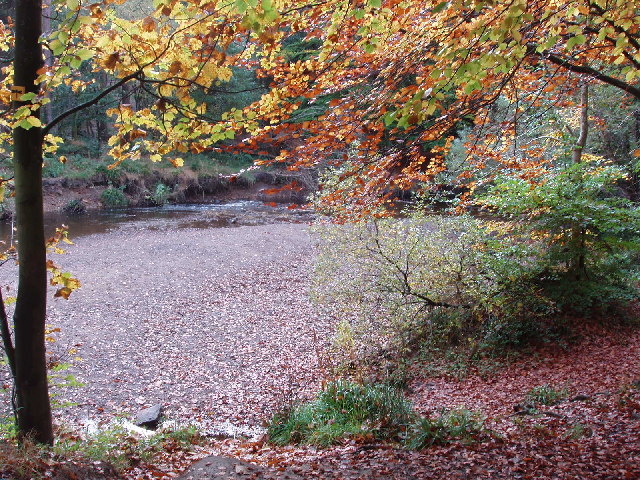Blackling Hole
Waterfall in Durham
England
Blackling Hole
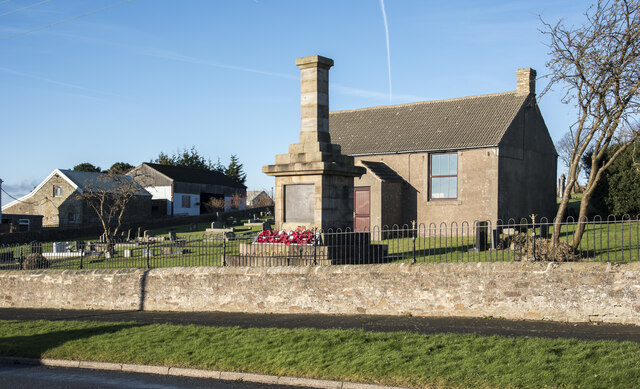
Blackling Hole is a captivating natural wonder located in County Durham, England. This picturesque waterfall is nestled within the scenic landscape of the North Pennines Area of Outstanding Natural Beauty. Situated near the village of Cowshill, it attracts nature enthusiasts, hikers, and photographers alike.
The waterfall is formed by the Black Burn River as it cascades over rugged rocks, creating a mesmerizing display of rushing water and mist. The falls are surrounded by lush vegetation, including ferns, mosses, and heather, adding to its ethereal charm. The sound of the rushing water combined with the peaceful ambiance makes Blackling Hole a serene and tranquil spot.
Access to Blackling Hole is relatively easy, with a well-maintained footpath leading visitors to the waterfall. Along the way, visitors can enjoy panoramic views of the surrounding countryside, including rolling hills and expansive meadows. The area is also home to a variety of wildlife, including birds, butterflies, and small mammals, making it a haven for nature lovers.
Blackling Hole is a popular destination for outdoor activities such as hiking and picnicking. Its natural beauty and peaceful setting make it an ideal spot for relaxation and rejuvenation. Whether it is exploring the nearby footpaths, capturing breathtaking photographs, or simply enjoying the soothing sounds of nature, Blackling Hole offers a memorable experience for visitors of all ages.
If you have any feedback on the listing, please let us know in the comments section below.
Blackling Hole Images
Images are sourced within 2km of 54.643036/-1.9191614 or Grid Reference NZ0527. Thanks to Geograph Open Source API. All images are credited.
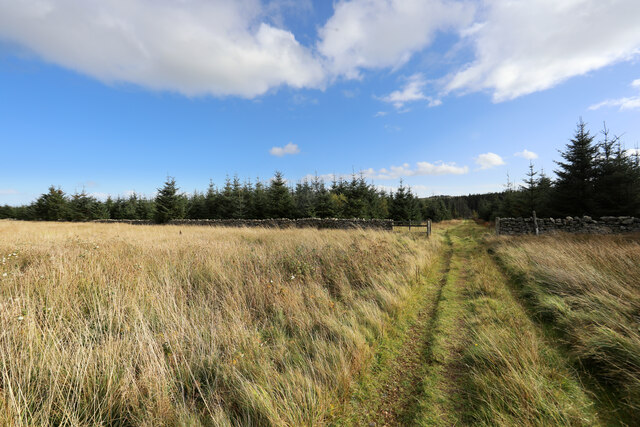
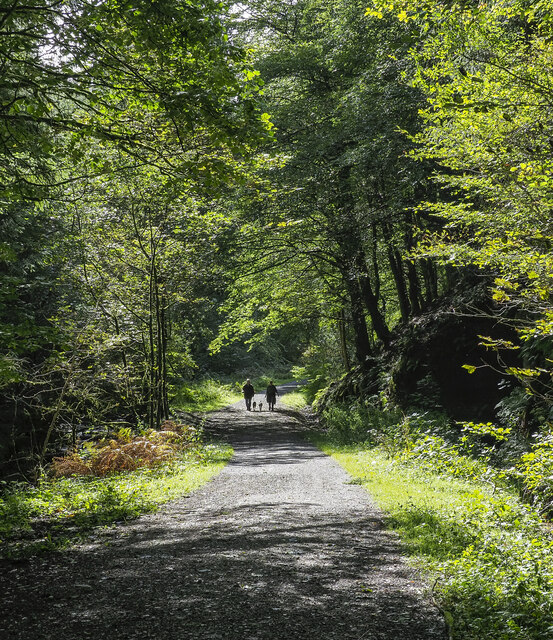
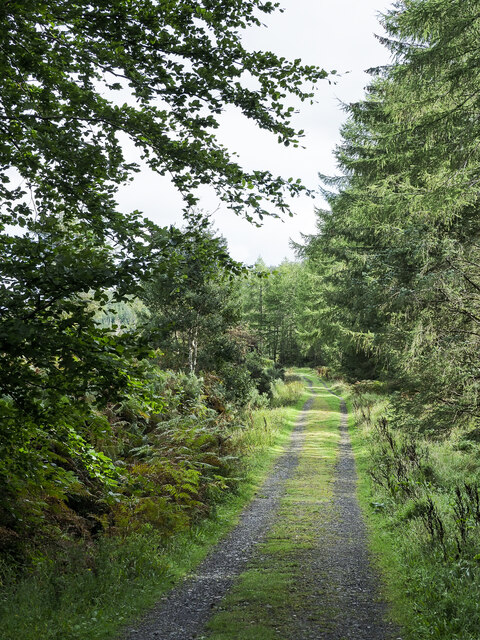
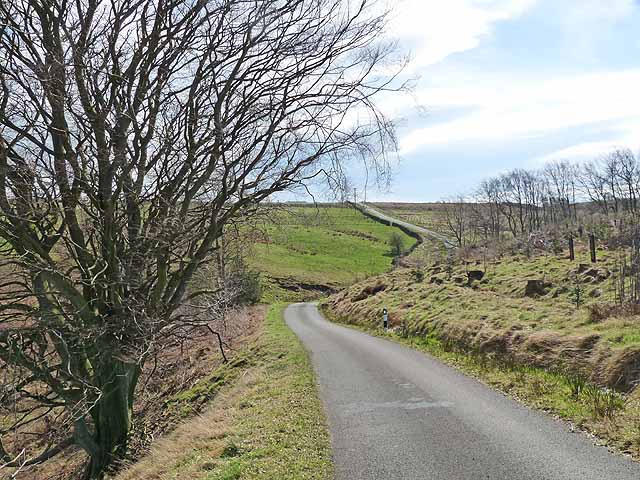
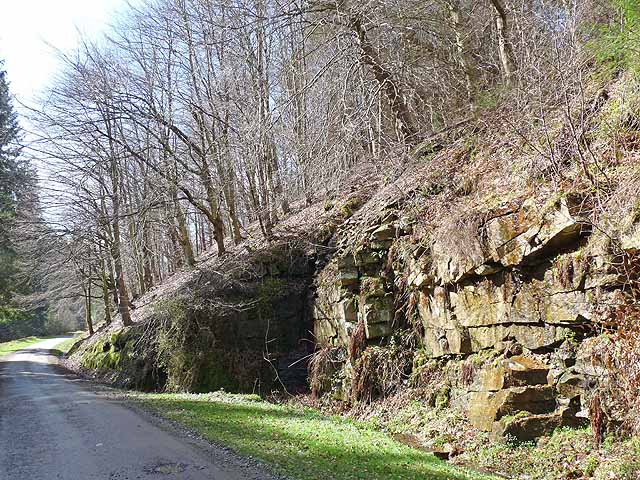
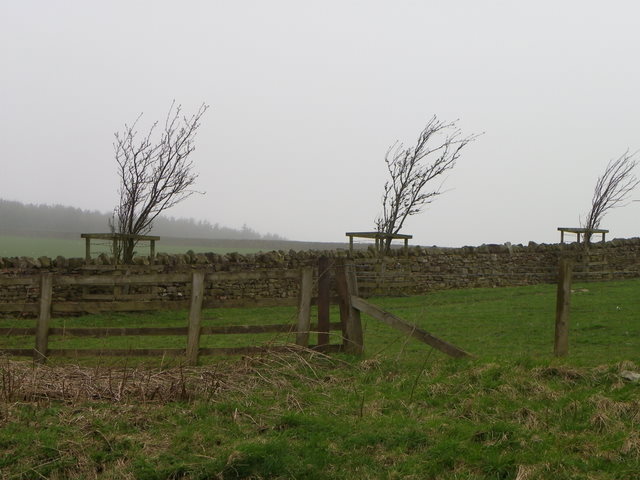
Blackling Hole is located at Grid Ref: NZ0527 (Lat: 54.643036, Lng: -1.9191614)
Unitary Authority: County Durham
Police Authority: Durham
What 3 Words
///clasping.found.quench. Near Eggleston, Co. Durham
Nearby Locations
Related Wikis
Woodland, County Durham
Woodland is a rural village in County Durham, England. It is situated 1100 feet above sea level, a few miles to the north of Barnard Castle, and west of...
Frog Wood Bog
Frog Wood Bog is a Site of Special Scientific Interest in the Teesdale district of County Durham, England. It lies alongside Bedburn Beck, approximately...
Copley, County Durham
Copley is a village of roughly 400 inhabitants in County Durham, England. It is situated 9 miles west of Bishop Auckland, and 6 miles from Barnard Castle...
Low Redford Meadows
Low Redford Meadows is a Site of Special Scientific Interest in the Teesdale district of County Durham, England. It consists of two separate areas of meadows...
Crag Gill
Crag Gill is a Site of Special Scientific Interest in the Teesdale district in south-west County Durham, England. It lies about 3 km east of the village...
Morley, County Durham
Morley is a village in County Durham, England. It is situated five miles to the west of Bishop Auckland (OS grid reference NZ 1127). Morley is first mentioned...
Hamsterley Forest
Hamsterley Forest is a commercial forest in County Durham owned and managed by Forestry England. It is the largest forest in County Durham and covers...
South Side, County Durham
South Side is a village in County Durham, in England. It is situated to the north of Butterknowle, a few miles west of Bishop Auckland. == References... ==
Nearby Amenities
Located within 500m of 54.643036,-1.9191614Have you been to Blackling Hole?
Leave your review of Blackling Hole below (or comments, questions and feedback).
